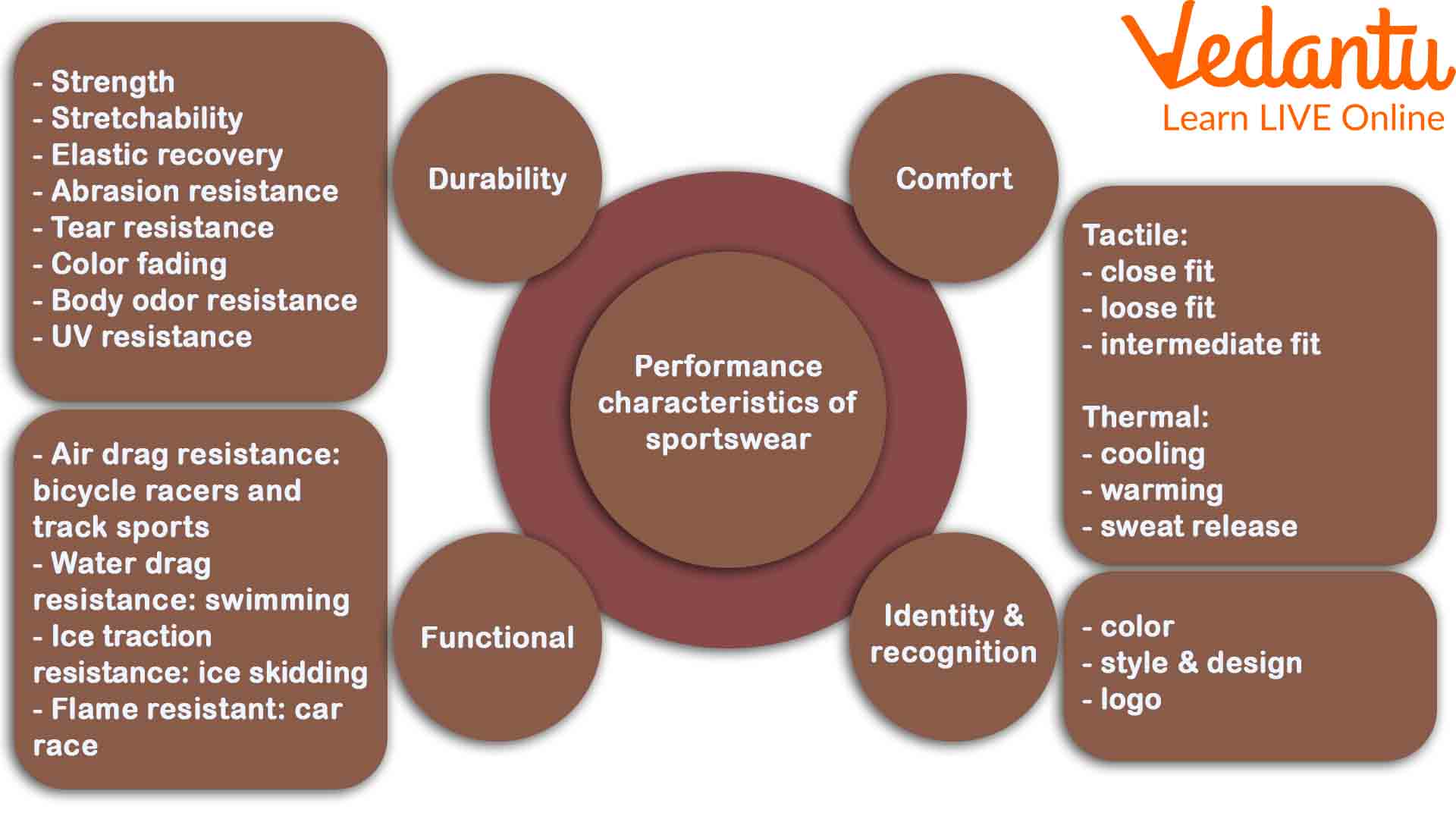Brilliant Science Behind Sportswear
Why is there a jersey for all kinds of sports? Why does sportswear clothing differ from one sport to the other? Is there science behind it? Well, there is surely something we need to know. The difference between sportswear and daily clothing can be understood easily when you know how the former aids a sportsperson to perform.
The science behind sportswear is no less than textile technology. The design of a fabric depends on the activities and actions of sports we want to play. The prime aim of this design is to deliver the convenience of movement and restriction-free performance on the field. Let us find out more in detail.
What is Sportswear?
Activewear or sportswear is a particular line of clothing that is used by the players of a sports game. All kinds of physical activities recognised as sports need such clothing lines to offer the highest physiological convenience to the players. This is why activewear fabrics are designed differently from conventional clothing ones.
Imagine this example and you will clearly understand the importance of sportswear. You are running on a track with a pair of jeans on. Will you be able to run properly? What if your opponents are wearing stretchable shorts pants? Even though you are all wearing running shoes, your opponents will have a fair advantage over you. This is where the concept of sportswear lies.
The prime aim of designing sports clothing is to offer un-restricted maximum performance. There are so many other factors that define the design of sports clothing apart from the sports genre. Here is what you need to know about the factors.
Factors Determining Sportswear Design
1. Type of sports
The type of sports will determine the physical movements involved in the players’ performance. It is also considered whether the sport is an individual or team event. The level and genre of physical activity determine the features of a design.
2. Climatic Conditions
One of the prime factors that determine the design of the sportswear fabric is the climatic condition. It is also checked whether a sport is played indoors or outdoors. For instance, volleyball has a different type of sportswear than beach volleyball. The latter is played on sand courts whereas the former is played on vinyl or wooden courts inside an auditorium.
3. Demographic Characteristics
The science behind sportswear is also defined by the physiological or demographic features of players. Age, gender, and race are determined in designing sportswear. The physical attributes of a player depend on his age, gender, race, and physiological features. This is why professional sports persons have their sportswear designed separately. The choice of fabric is also determined by the sports type.
4. Specialty Functions
The movement of a sportsperson in a sport is the prime focus of the designers. They consider the tactile features a player needs such as fittings, thermal traits, style, colour, design, air resistance, abrasion resistance, strength, etc. For instance, the sportswear of cyclists will be different from that of the water sports players considering the resistance of air and water.

Factors Considered To Design Sportswear
Types of Sportswear Clothing with Examples
Here is a list of a few sports that will help you understand the science behind sportswear.
1. Swimming
Swimming is an indoor event. Most of the events involve a swimming pool. In this aspect, sportswear is designed to be water-resistant. The fabric will not be affected by water and will also not resist a player’s movement through this medium. On the other hand, a diving event has a different clothing setup than the swimmers. You can understand the difference now.
2. Football
The jerseys designed for football players are different in terms of fitting and movement. They are made of complex light polymers that are highly stretchable. Football is a contact sport and players will surely tackle. Hence, these jerseys should be resistant to wear and tear. They will also not absorb water and become heavy. In this aspect, Nike, a world-famous brand designed the Dri-Fit technology for such activewear. Puma designed the ACTV technology to offer skin-hugging sports clothing for better performance.
3. Cycling
Let us start with an example here. Tour De France is an event where cyclists from all over the world participate. In 2022, this event had a track of length 3328 kilometres to be covered with only two days of rest. Imagine the stamina of a cyclist participating in this event.
This is why cycling events have sportswear that offers the minimum air resistance. In fact, the friction of the dresses on the skin of cyclists can also cause burning. The average speed of a professional cyclist is 48km/hr. The air resistance is minimised to reduce the effort of cyclists by using lycra. This fabric is used to make skin-fit sportswear.
4. Formula 1
On the other hand, Formula 1 sportswear is something different. The drivers in the cockpit of a racing car feel immense gravity due to acceleration and braking. They also feel the heat produced in the engines. The dresses are designed to keep the drivers cool and to resist fire.
An F1 gear is also designed to absorb the impact and avoid spinal injury. You will be surprised to know that Lewis Hamilton, an ace F1 driver, lost almost 4.5 kg in a race. Imagine the stress a driver has to go through. This example defines how science is used to design different types of sportswear.
The Evolution of Sportswear
The advancements in sportswear define how we are progressing to meet the challenges of different sports. Sportswear is designed to support the performance of a player on the field. The technology of designing fabric and sportswear is a great sign of progress in our scientific achievements.







